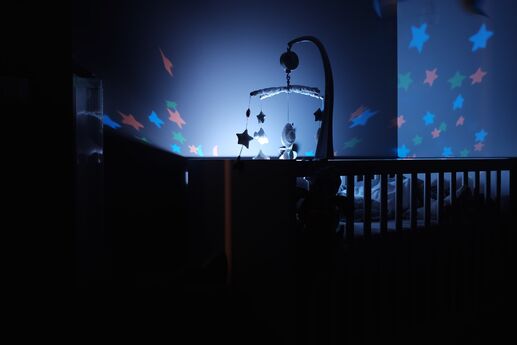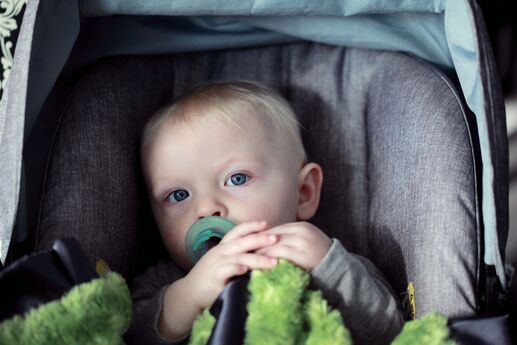Baby Sleep Solutions: From 7 to 9 Months
If your baby isn’t sleeping well, you’re probably not getting much shut-eye either. Luckily, at 7 to 9 months, many babies tend to sleep in longer stretches than they did as newborns. But if getting your little one to fall asleep seems to be a regular battle (or if middle-of-the-night cries have you frequently bolting out of bed), it may be time to reevaluate your child’s bedtime patterns. Here, some baby sleep solutions that will help everyone sleep soundly.
Keep bedtime routines consistent
Babies with a nightly bedtime routine sleep better, so consider establishing a relaxing ritual and sticking to it. Keep your evening games quiet and calm, and then dive into your bedtime activities. You could give your baby a bath, read a book, sing lullabies, or flip through a family photo album.
Whatever you choose, do the same things in the same order every night. Always save his favorite activity till the end. (Hint: This bedtime routine is a great way for busy moms to wind down, too!)
It’s difficult -- but wait it out
Your baby is starting to realize that bedtime equals being left alone, and he isn’t happy about it. The result? Sobs and screams that seriously tug at your heartstrings. Your instinct may be to rush in and cradle him, but it’s best to wait a few minutes before reentering the bedroom, to give him a chance to fall back to sleep on his own.
If you do go in to check on your child, soothe him but don’t pick him up, since that can send your bedtime routine back to square one. To prevent your baby from becoming dependent on you being in the room in order to fall asleep, only stay for two to three minutes and then duck out quietly.
Perfect your timing
Schedule the bedtime routine so you put your baby to bed when he is sleepy but still awake. This will help him become accustomed to falling asleep in his crib instead of in your arms. Plus, if he wakes up in the middle of the night (something that’s completely normal at this age), he won’t be dependent on your cradling or rocking to fall back asleep.
Know that these little bumps in your sleep journey will eventually pass. Until then, stay consistent and keep the big picture in mind.
Photo by Bastien Jaillot on Unsplash







